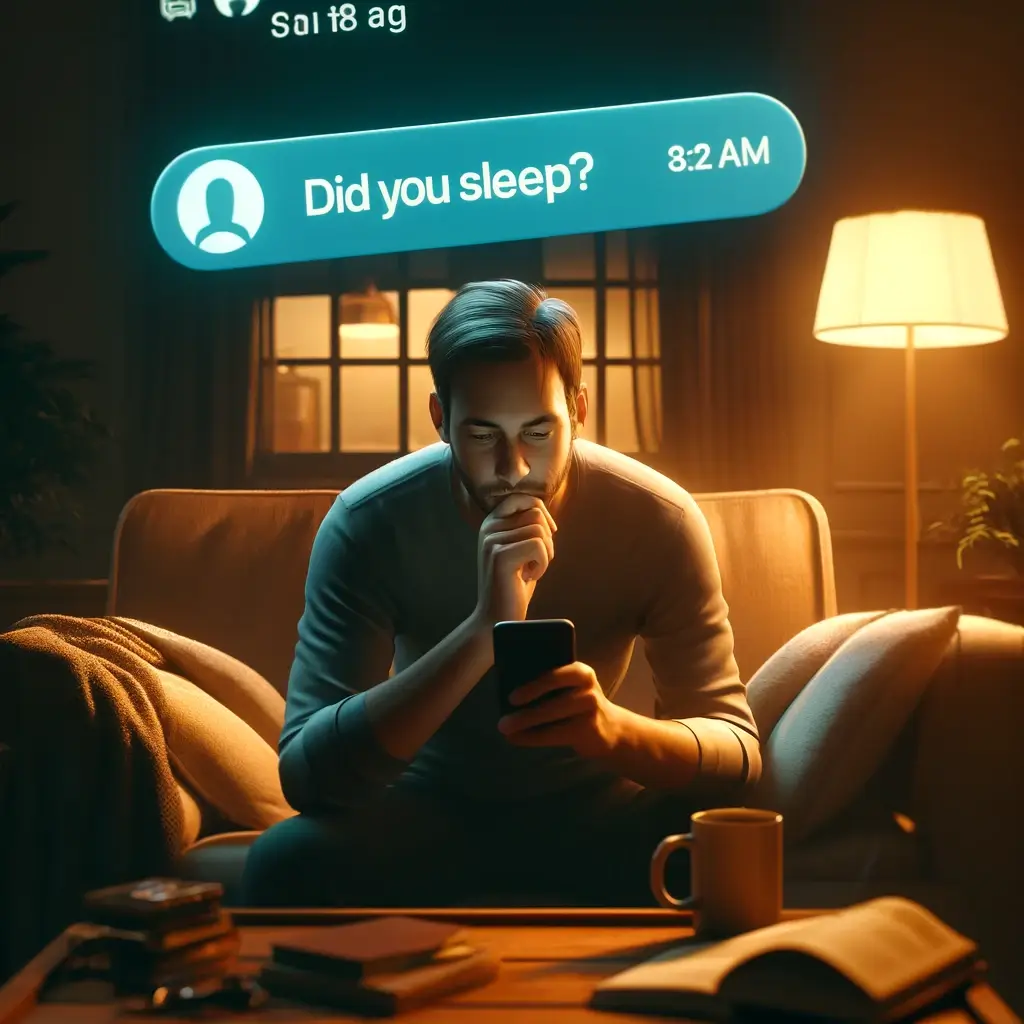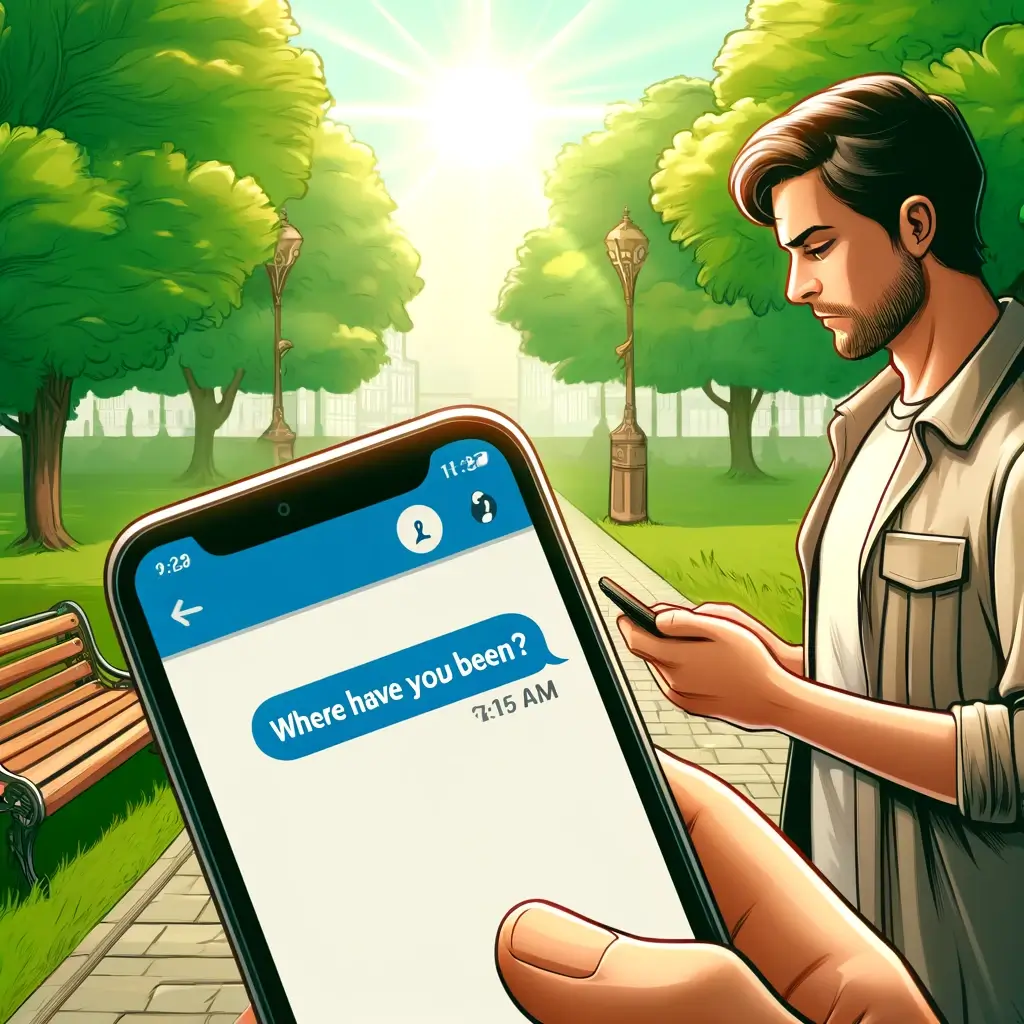
To reply to “No worries,” say, “You’re welcome,” or “No problem.” Both responses convey a positive and friendly tone.
Effective communication is key in any interaction. Responding to “No worries” appropriately can help maintain a positive atmosphere. Saying “You’re welcome” or “No problem” reassures the other person that their concern is acknowledged. These responses are polite and friendly, making the conversation smooth and pleasant.
Choosing the right words ensures clarity and fosters good relationships. Simple, direct replies are often the best way to convey your message effectively. Always aim for responses that are both courteous and easy to understand. This approach helps create a respectful and enjoyable communication experience for everyone involved.
Polite Alternatives To No Worries
Sometimes, saying “No Worries” may sound too casual. Using polite alternatives can make your conversations more respectful. Here are some common and formal phrases you can use instead.
Common Phrases
These are simple and friendly alternatives to “No Worries”.
- You’re Welcome – A classic response to express gratitude.
- My Pleasure – Shows you are happy to help.
- No Problem – Indicates there is no inconvenience.
- Anytime – Suggests you are always willing to help.
Formal Options
Use these phrases for a more professional tone.
| Phrase | Usage |
|---|---|
| Of Course | Indicates willingness to assist. |
| Certainly | Shows assurance and readiness. |
| Not a Problem | Confirms there is no issue. |
| Glad to Assist | Expresses happiness in helping. |
Casual Responses
Everyone loves to keep conversations light and friendly. Saying “no worries” is a casual way to show you’re easygoing. But there are many other ways to reply. Let’s explore some fun and casual responses.
Friendly Replies
Friendly replies can make your conversations more engaging. Here are some examples:
- It’s all good! – This shows you are not upset.
- No problem! – A simple and direct way to be kind.
- Don’t mention it! – This makes the other person feel better.
- All good! – Short and sweet, yet very friendly.
Informal Settings
In informal settings, you can be even more relaxed. Here are some casual replies:
- No biggie! – This is very casual and light-hearted.
- All cool! – This is a fun way to reply.
- It’s chill! – Perfect for a laid-back conversation.
- You’re good! – Makes the other person feel at ease.
Feel free to use these responses in your daily chats. They keep things light and friendly.
Professional Responses
In professional settings, responding appropriately is crucial. “No worries” is friendly but sometimes too casual. Here, you’ll learn suitable professional responses for different scenarios.
Workplace Etiquette
In the workplace, you need to maintain a level of professionalism. Saying “no worries” might seem too relaxed. Here are some alternatives:
- My pleasure
- You’re welcome
- Happy to help
- Anytime
Using these phrases keeps the conversation professional and courteous. Always consider the company’s culture and the formality of the situation.
Email Correspondence
Email communication requires clarity and professionalism. Using “no worries” in emails can be seen as too informal. Consider these options instead:
| Situation | Professional Response |
|---|---|
| Thanking someone for their work | Thank you for your efforts |
| Responding to a quick request | Glad to assist |
| Acknowledging a delay | Thank you for your patience |
These responses show appreciation and professionalism. They also keep your emails clear and respectful.
Cultural Considerations
Cultural considerations are crucial in communication. Saying “No worries” can vary in meaning. Different cultures may interpret it differently. Understanding these nuances can help avoid misunderstandings.
Regional Variations
In some regions, “No worries” is common. It’s casual and friendly in Australia. It means “You’re welcome” or “No problem”. In the UK, it can also be informal. People use it to show politeness. In the US, it might seem dismissive to some. It’s less formal than “You’re welcome”.
| Region | Interpretation |
|---|---|
| Australia | Casual, friendly, means “You’re welcome” |
| UK | Informal, polite |
| USA | Less formal, might seem dismissive |
Cross-cultural Communication
Cross-cultural communication can be complex. Each culture has unique norms. Here are some tips:
- Be aware of cultural differences.
- Use formal language in professional settings.
- Observe how locals communicate.
- Ask for feedback if unsure.
Respect is key in cross-cultural settings. Always be polite and considerate. Choose words carefully. Avoid using slang or idioms. Clear communication builds better relationships.
Positive Reinforcement
Positive reinforcement helps create a supportive environment. It makes people feel valued. When replying “No worries,” you can use positive phrases. These phrases boost confidence and show appreciation.
Encouraging Phrases
Using encouraging phrases can uplift someone’s mood. Here are some examples:
- “You’re doing great!”
- “Keep up the good work!”
- “I appreciate your effort.”
These phrases make people feel good. They also build trust and rapport. Encouragement goes a long way in positive communication.
Supportive Replies
Supportive replies show that you care. They can turn a simple “No worries” into a meaningful interaction. Consider these responses:
- “No worries, happy to help!”
- “No worries, you’ve got this!”
- “No worries, let’s tackle this together.”
These replies show support and willingness to assist. They strengthen relationships and create a positive atmosphere.
Empathetic Replies
Responding with empathy can make a big difference in conversations. It shows you care and understand the other person’s feelings. Instead of just saying “No worries,” try to be more empathetic in your replies. This helps build stronger connections and fosters positive interactions. Below are some ways to respond empathetically.
Showing Understanding
To show understanding, acknowledge the other person’s feelings or situation. This lets them know you genuinely care. Here are some examples:
- “I understand, it’s been a tough day.”
- “That sounds really challenging, I’m here for you.”
- “I get it, that must have been frustrating.”
These phrases show you are listening and empathizing. They go beyond the typical “No worries” response.
Building Rapport
Building rapport is crucial for healthy interactions. It strengthens the bond between people. You can do this by using friendly and supportive language. Consider these responses:
- “I’m glad you reached out to me.”
- “Thank you for sharing, I appreciate it.”
- “Your feelings are valid, and I’m here to help.”
These responses make the other person feel valued and understood. They help in creating a positive environment.
Empathy in communication fosters trust and respect. Use these tips to enhance your conversations.
Situational Responses
Replying with “No Worries” can be helpful in many situations. It’s important to know which situations are suitable. Here, we’ll explore different scenarios and the appropriate usage of this phrase.
Different Scenarios
Understanding the context is key to using “No Worries” effectively. Here are some common scenarios:
| Scenario | Example |
|---|---|
| Apology | Someone says sorry for being late. |
| Gratitude | Someone thanks you for a favor. |
| Assurance | Someone is worried about an issue. |
Appropriate Usage
Use “No Worries” thoughtfully to ensure it is appropriate. Here is how you can respond in different scenarios:
- Apology: If someone apologizes for a minor mistake, reply with “No Worries”. This makes them feel better.
- Gratitude: When someone thanks you, saying “No Worries” shows modesty. It means you’re happy to help.
- Assurance: If someone is stressed, “No Worries” can calm them. It tells them everything is okay.
To use “No Worries” correctly, always be mindful of the situation. This ensures your response is positive and appropriate.
Non-verbal Alternatives
Words are powerful, but actions often speak louder. Sometimes, a simple gesture or expression can convey your message just as effectively as words. Here, we explore non-verbal alternatives to saying “No Worries” to ensure your communication remains clear and friendly.
Body Language
Body language can be a powerful tool. A relaxed posture and an open stance can show that you are calm and approachable. Nodding your head slightly can signal agreement and reassurance. These small actions can replace words effectively.
| Action | Meaning |
|---|---|
| Relaxed Posture | Shows calmness |
| Open Stance | Indicates approachability |
| Nodding | Signals agreement |
Gestures And Expressions
Gestures and facial expressions can convey your feelings without words. A simple thumbs-up can indicate approval or reassurance. A friendly smile can show that everything is fine. Eye contact can also be a powerful way to convey trust and understanding.
- Thumbs-Up: Indicates approval.
- Smile: Shows friendliness.
- Eye Contact: Conveys trust.
Using these non-verbal cues can make your interactions smoother. They help in maintaining a positive atmosphere and reduce misunderstandings. Next time, try these simple yet effective alternatives to saying “No Worries”.
Frequently Asked Questions
What Is A Better Response To No Worries?
A better response to “no worries” is “thank you. ” It shows appreciation and acknowledges the other person’s gesture.
When Someone Says No Worries?
“No worries” means “don’t worry about it” or “it’s no problem. ” It reassures that everything is fine.
How To Reply To “Thanks, No Worries”?
You’re welcome! I’m glad to help.
How Do You Respond To Don’t Worry?
You can respond with “Thanks, I appreciate it” or “Alright, I won’t. ” Simple acknowledgments like “Got it” or “Okay, cool” work too.
Conclusion
Mastering how to reply “no worries” can enhance communication. It’s a simple phrase that conveys understanding and ease. Practicing this response can make your interactions more positive and stress-free. Remember, effective communication builds better relationships. Start using “no worries” today and notice the difference it makes.

